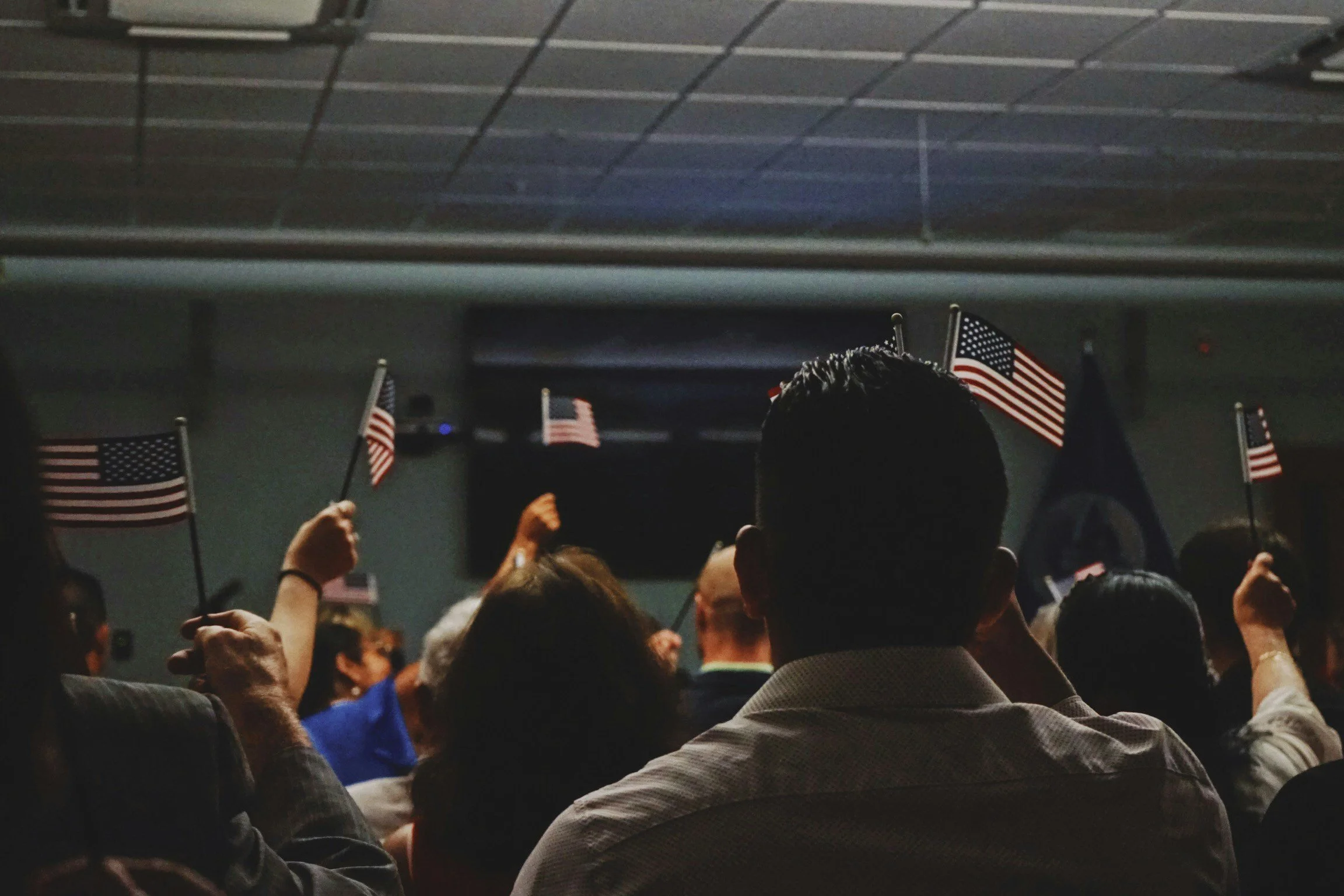10/23/2025
What Does It Take to Become a U.S. Citizen?
Written by Emma Barela
For those born in the United States, citizenship is granted automatically without a lengthy process. However, for millions of lawful permanent residents and incoming immigrants, the process is both extensive and expensive. The path to citizenship requires years of waiting, hundreds of dollars in fees, and the perseverance to navigate a system that is often confusing and unpredictable. Understanding what it takes to become a U.S. citizen equips future citizens with the skills and knowledge they need to make the process easier.
Eligibility is the first step. Most applicants must be lawful permanent residents for at least five years; however, those married to a U.S. citizen only require three. Next will be completing an N-400 Form, the application for Naturalization. This application asks for a detailed account of one’s life history: employment, travel, residence, and character. However, the biggest feat is the costly application fees. The current fee for physical filing starts at $760. This excludes external costs like travel or legal assistance. Fee waivers do exist; however, they require extensive documentation of hardship, with many applicants not qualifying. This is extremely difficult and overwhelming for those who are already living paycheck to paycheck, creating a need for financial assistance for this process.
Even once the application is filed, the process is far from over. Applicants are scheduled for biometrics, where fingerprints and photos are taken, and then move on to the most daunting stage: the naturalization interview. Here, a USCIS officer tests both English proficiency and knowledge of U.S. history and government. For older applicants or those with limited English, the test can be a real stumbling block. According to the New Americans Campaign, language and civics requirements remain among the most common reasons people delay applying altogether.
Delays are common for both the interview process and the oath ceremony. Applicants can wait a year or more depending on the field office. Policy changes can also increase or impact the wait time. Recent proposals like “neighborhood checks” for applicants were introduced under the current administration, showing how naturalization requirements can easily shift with each administration.
Despite these barriers, the desire to naturalize is still present. In 2024, over 800,000 immigrants became U.S. citizens; however, eligible applicants cannot foot the bill for the process.
Recognizing the realities of this process is one small way to help applicants honor the commitment of citizenship and to ensure that the promise of citizenship remains within reach.
725 Dream exists to bridge the gap between eligibility and opportunity. We help eligible prospective citizens overcome financial and informational barriers on their path to citizenship by covering their N-400 and biometrics fees, providing legal assistance through our partnered law firm, Kan Law, and hosting workshops to prepare applicants for the Civics Test. By removing these barriers, we strive to make the journey to citizenship more accessible, empowering individuals to fully participate in the communities they call home.


